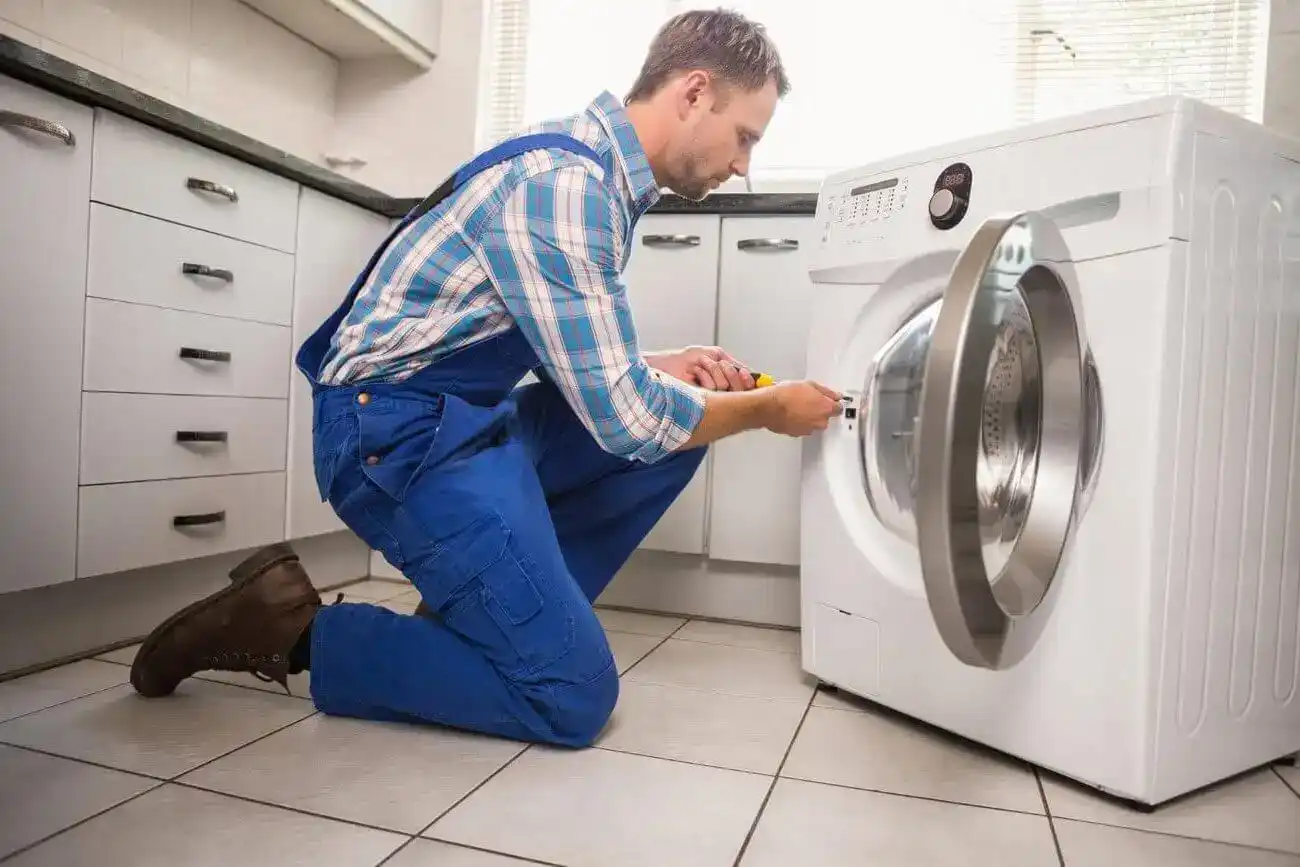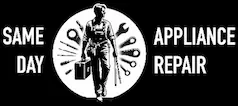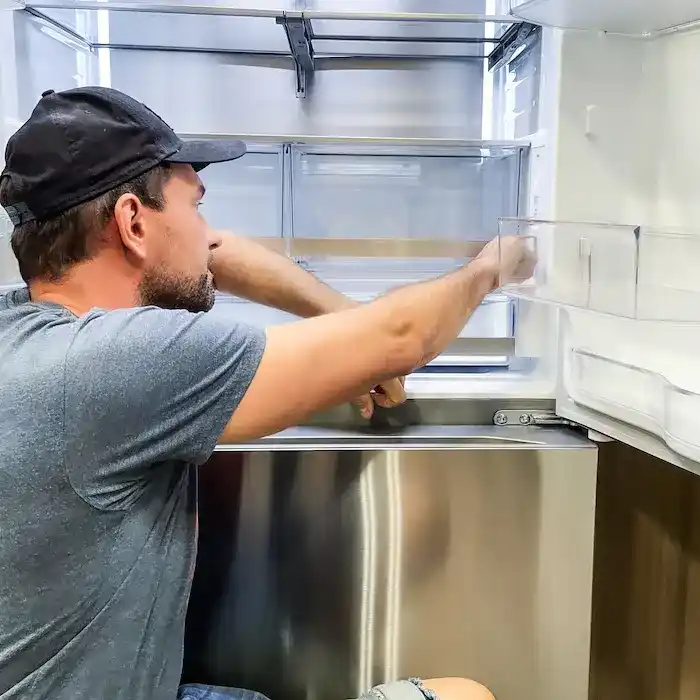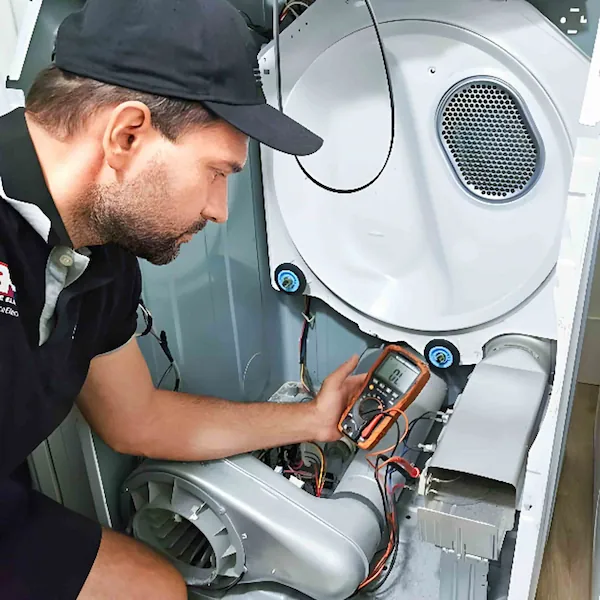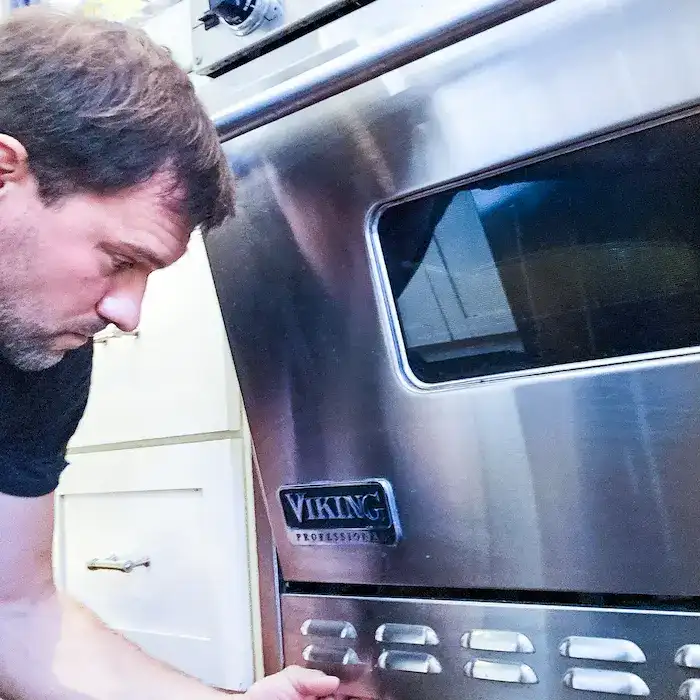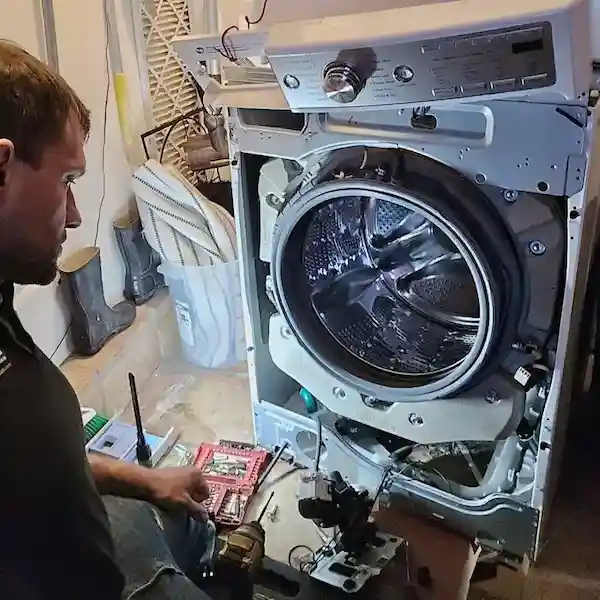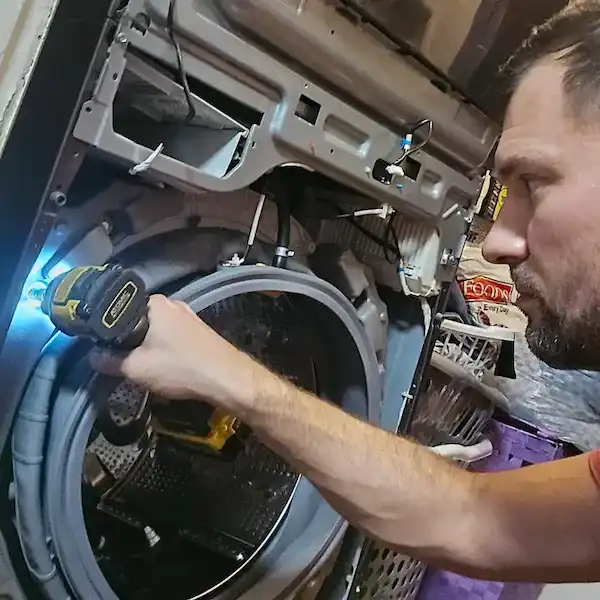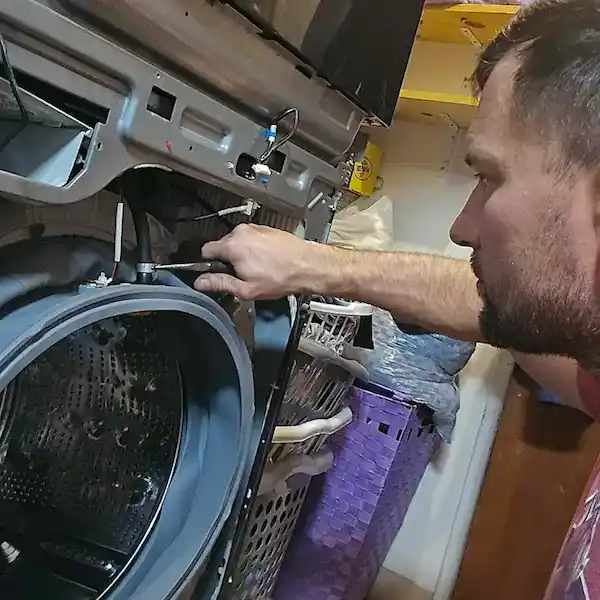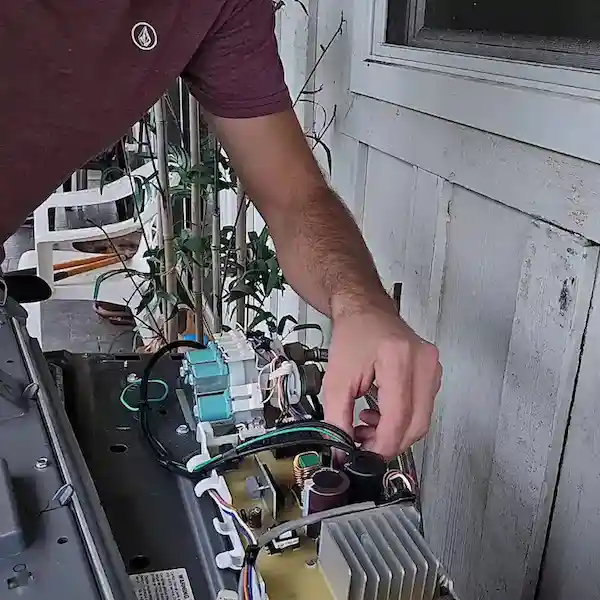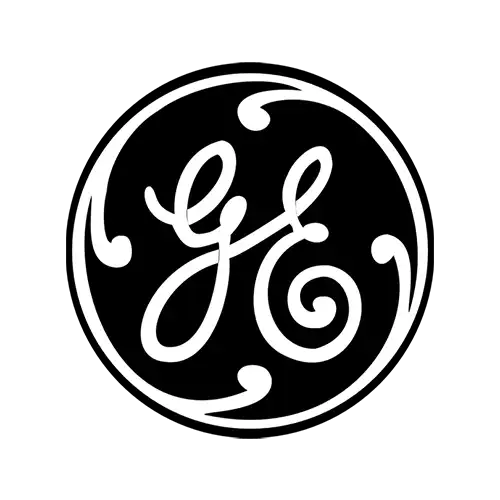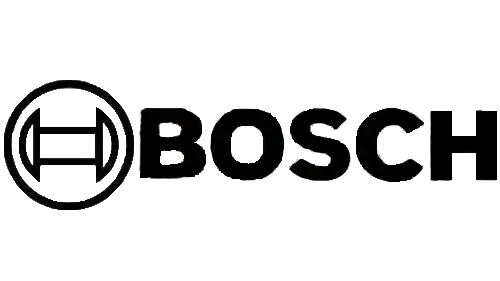Kitchen Washing Machine Repair
Your washing machine is essential to keeping your household running smoothly, ensuring clean clothes are always within reach. Whether you have a top-loading, front-loading, or stackable model, our technicians are fully equipped to handle any issue, from drum malfunctions to water drainage problems. With our same-day service, we'll get your washing machine back to optimal performance quickly, helping you avoid laundry pile-ups and keeping your home running efficiently.
Washing Machine Repair for Large Families
For larger households, high-capacity washing machines are often necessary to handle extra loads. Our technicians specialize in diagnosing and repairing issues specific to high-capacity models, from drum alignment and motor problems to water temperature regulation. We make sure your washing machine maintains the ideal performance so your family's laundry is always fresh and ready.
High-End and Built-In Washing Machine Repair
Luxury and built-in washing machines from brands like Miele, Bosch, and Samsung feature advanced cleaning technology and integrate seamlessly with your laundry space. These high-end machines, with their custom settings, smart features, and premium finishes, require specialized care. Our technicians are trained to manage issues such as precision drum balancing, sealed system repairs, and control panel replacements using only high-quality parts and techniques tailored for luxury models. We ensure your washing machine runs efficiently and maintains its sophisticated style.
Specialty Washer Repair
Specialty washers, such as portable, compact, and combo washer-dryer units, need careful handling to ensure consistent performance and longevity. We offer specialized repair services for these models, addressing water flow adjustments, drum issues, and sensor calibrations so that your specialty washers operate as intended. Our technicians ensure that your washer provides efficient and reliable cleaning, whether for small loads or delicate fabrics.
With comprehensive repair solutions for every type of washing machine, including high-end and specialty models, we help keep your appliances running smoothly for optimal laundry care. Contact us today to schedule a fast and reliable repair service.
